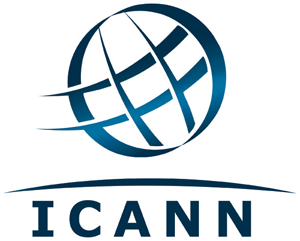Microsoft Adjusts App Payouts for Windows Developers
Microsoft really wants developers to upload apps to the Microsoft Store, and it’s willing to cut deals to make that happen. Starting later in 2018, Microsoft will offer developers 95 percent of the revenue earned from purchases of apps (and in-app products) via the Microsoft Store for PC, Windows Mixed Reality, Windows Phone or the Surface Hub. There’s just one caveat: that customer needs to arrive at the application via a “deep link” from the broader web. That incentivizes developers to point as many links and promotions as possible at the Microsoft Store. The revenue split is a little different if customers arrive via a Microsoft store collection or spotlight, which are channels that the company uses to highlight certain apps; in those cases, developers will receive 85 percent of revenues. (This adjusted split also applies if the user arrives via “other owned Microsoft properties,” so if your app is highlighted on, say, a site devoted to the HoloLens, the extra fee will likely still apply.) “With the new fee structure, Microsoft is only accessing an additional fee when we contribute to you acquiring a new user,” reads Microsoft’s official blog posting on the matter. “These changes enable us to create a world where developers are rewarded for connecting customers with experiences they love in a secure, reliable way.” This fee structure won’t apply to games, which could prove problematic, as total consumer spending on gaming apps skyrocketed worldwide last year (according to App Annie). If developers don’t like Microsoft’s revenue breakdown for games, they’ll probably stick with their current platforms, which have proven extremely profitable for many. (Xbox games will also remain under their current fee structure, according to Microsoft.) It’s questionable whether adjusting the pricing scheme will prove the “magic bullet” that Microsoft needs to pull more developers into the Windows ecosystem. Developers follow the money, and right now, people tend to spend their money on platforms powered by iOS and Android. There’s a simple reason for this: Over the past decade or so, the smartphone and tablet have replaced the PC as the center of many folks’ computing lives. In addition, people who use Windows 10 have lots of existing venues for downloading apps. If they want a new game, they can head over to Steam; if they need a particular productivity app, they can download it directly from the developer’s website. Many of those channels are already popular, or provide a superior revenue split to the Windows Store (for example, if a customer downloads an app from your website, you take pretty much all the cash). For those already building apps for Windows, and who depend on the Microsoft ecosystem for their revenue, this new split could prove a bit of good news. But it might not be enough to attract developers who devote all their time and resources to building for other platforms, especially as iOS and Android offer comparable rates; for example, the revenue split for annual app subscriptions on iOS is 70/30, rising to 85/15 after the first year.


